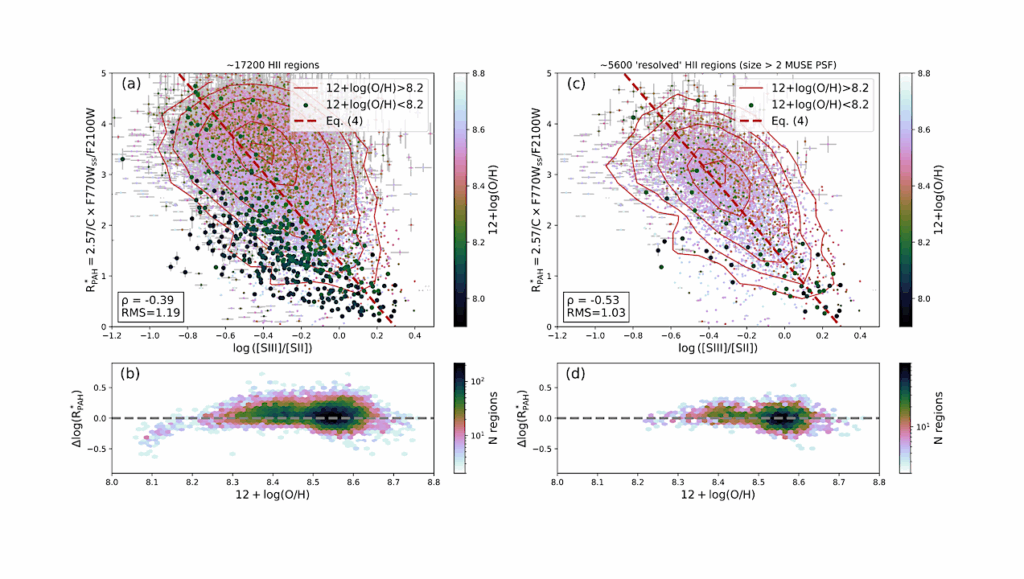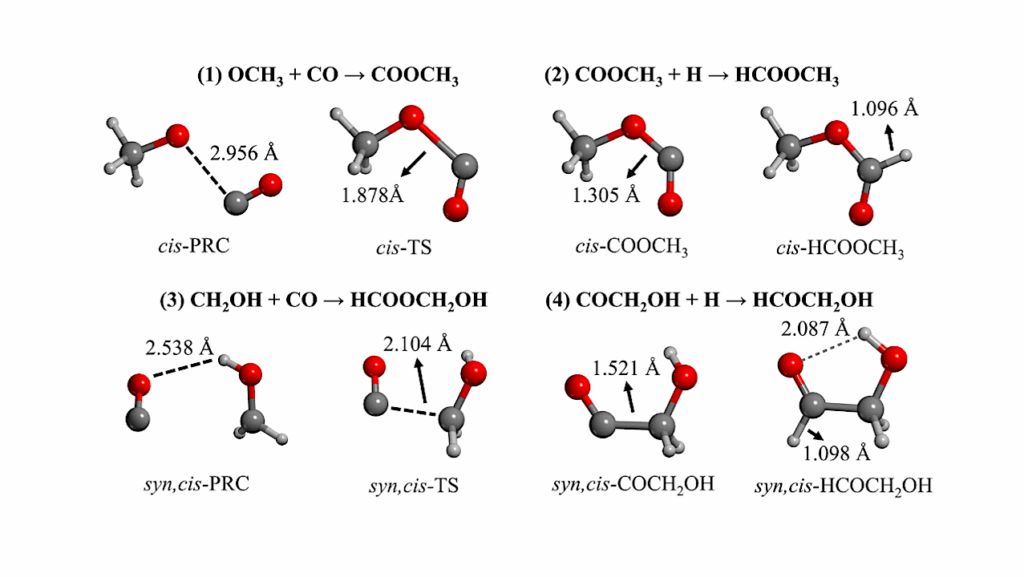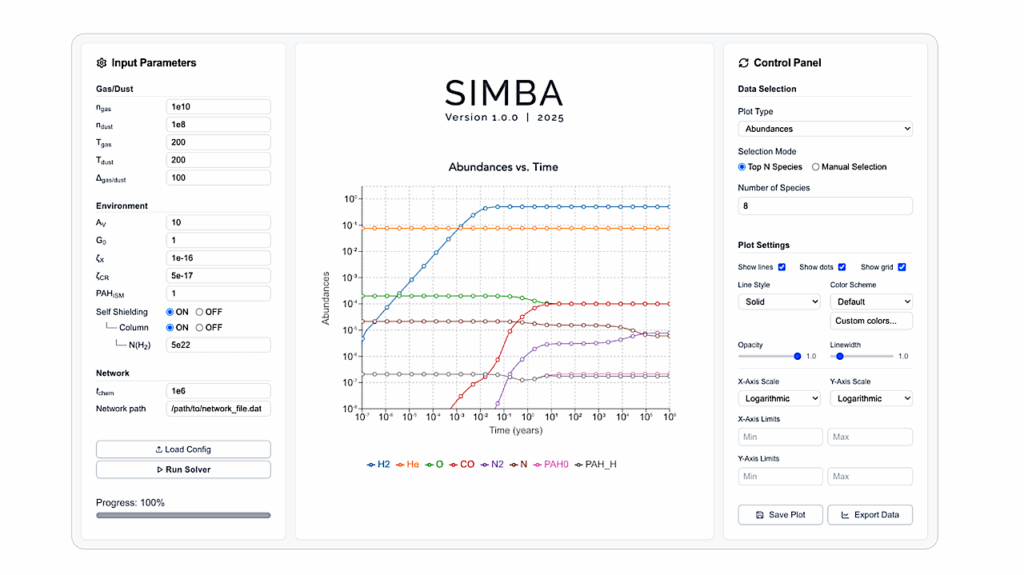Chemistry Of Comet Atmospheres

The composition of cometary ices provides key information on the thermal and chemical properties of the outer parts of the protoplanetary disk where they formed 4.6 Gy ago.
This chapter reviews our knowledge of composition of cometary comae based on remote spectroscopy and in-situ investigations techniques. Cometary comae can be dominated by water vapour, CO or CO2. The abundances of several dozen of molecules, with a growing number of complex organics, have been measured in comets.
Many species that are not directly sublimating from the nucleus ices have also been observed and traced out into the coma in order to determine their production mechanisms. Chemical diversity in the comet population and compositional heterogeneity of the coma are discussed.
With the completion of the Rosetta mission, isotopic ratios, which hold additional clues on the origin of cometary material, have been measured in several species. Finally, important pending questions (e.g., the nitrogen deficiency in comets) and the need for further work in certain critical areas are discussed in order to answer questions and resolve discrepancies between techniques.
Nicolas Biver, Neil Dello Russo, Cyrielle Opitom, Martin Rubin
Comments: 40 pages, 13 figures, 8 tables, Chapter in press for the book Comets III, edited by K. Meech and M. Combi, University of Arizona Press
Subjects: Earth and Planetary Astrophysics (astro-ph.EP)
Cite as: arXiv:2207.04800 [astro-ph.EP] (or arXiv:2207.04800v1 [astro-ph.EP] for this version)
Submission history
From: Nicolas Biver
[v1] Mon, 11 Jul 2022 11:51:52 UTC (3,213 KB)
https://arxiv.org/abs/2207.04800
Astrobiology, Astrochemistry,








